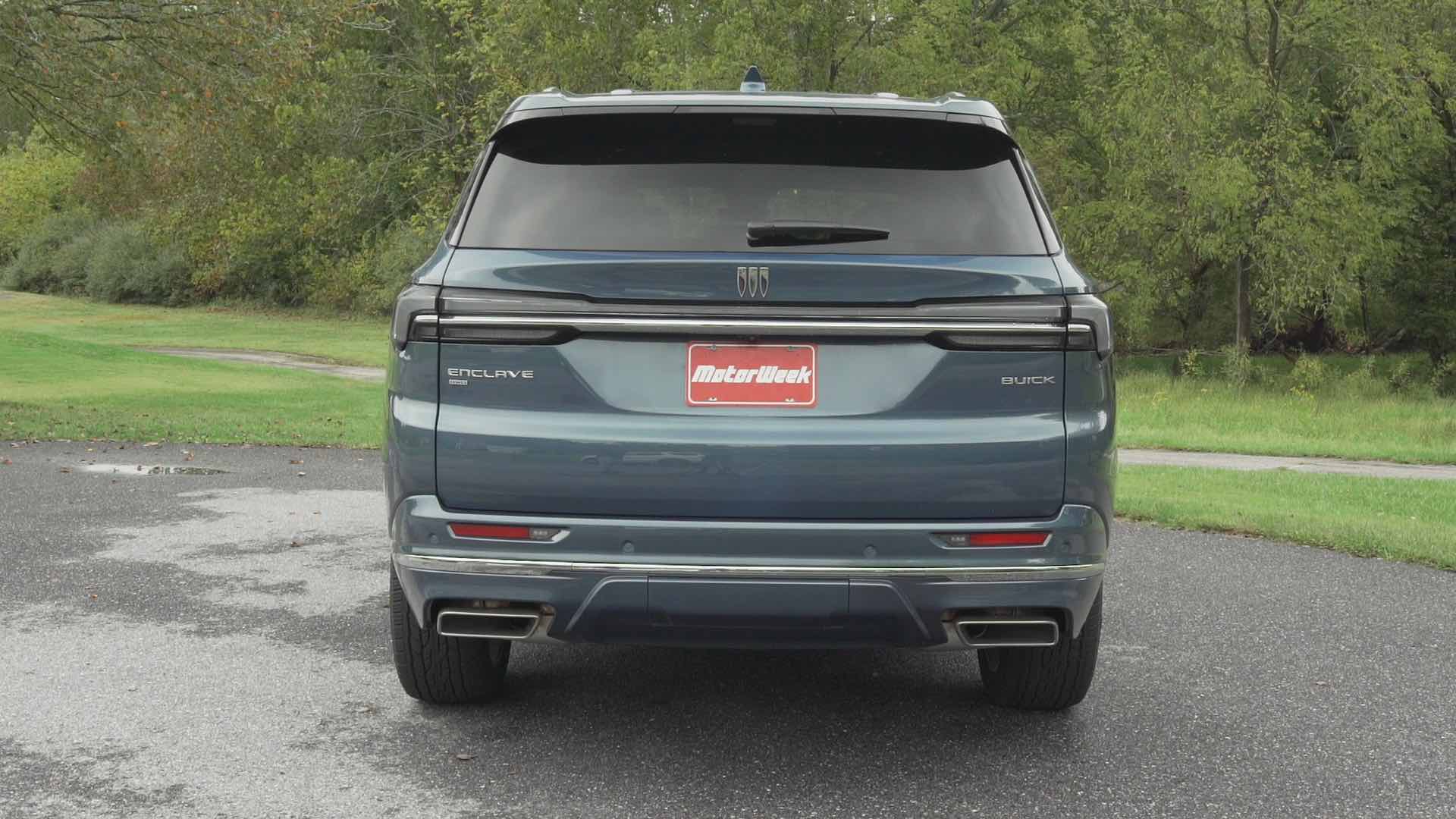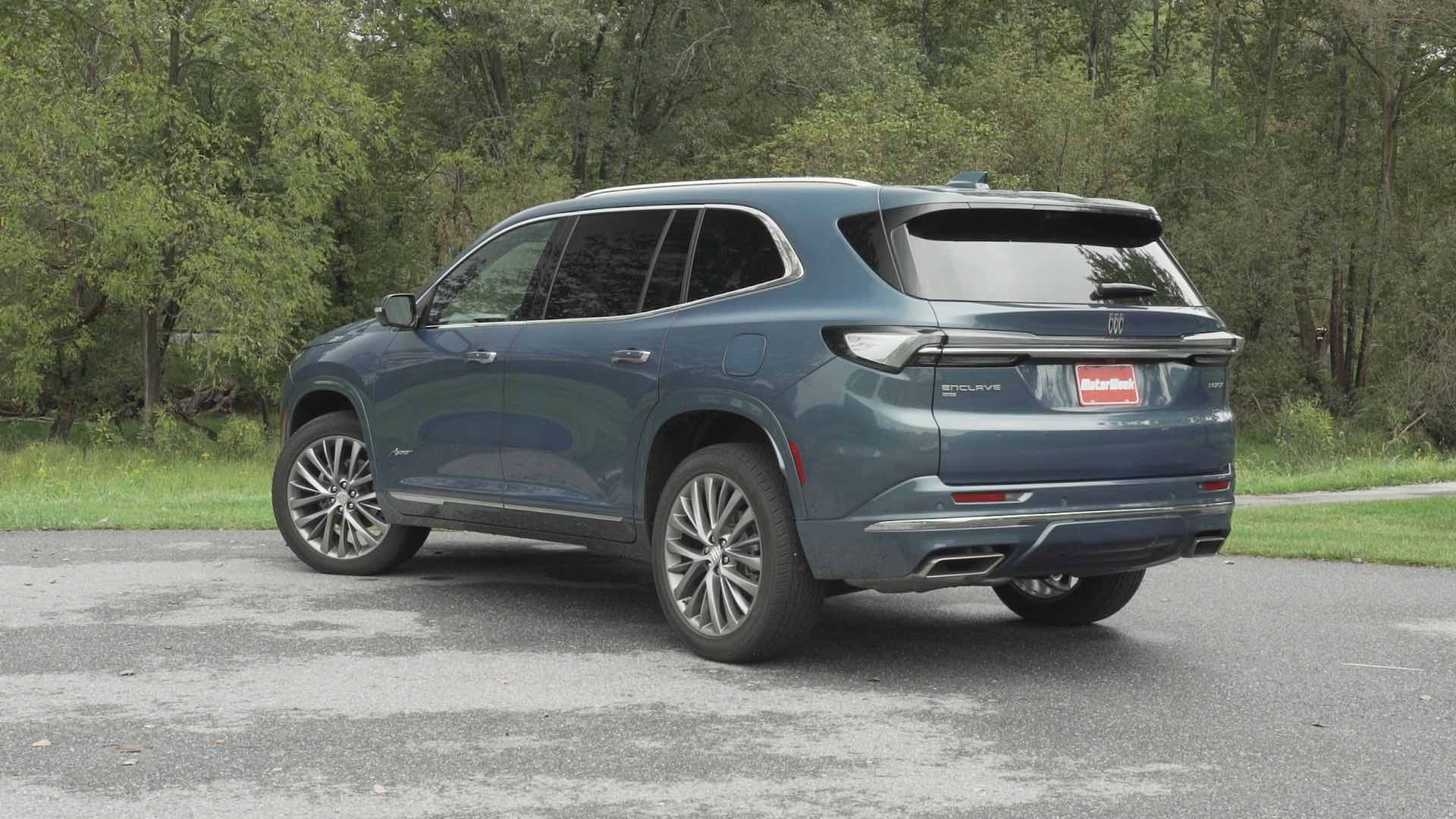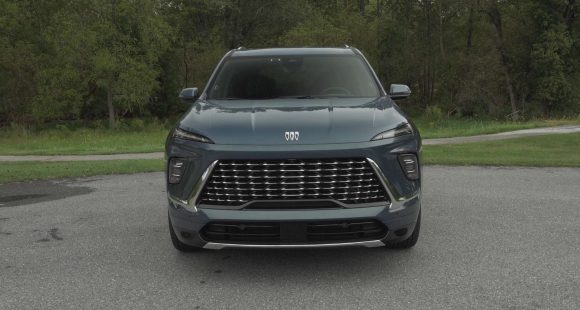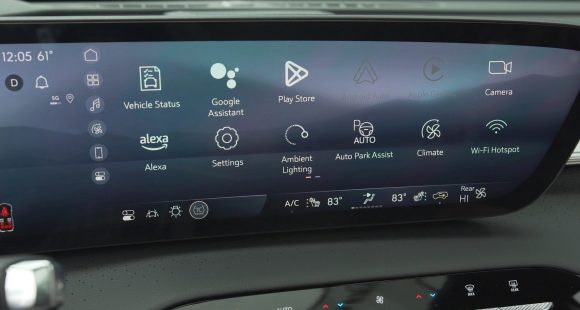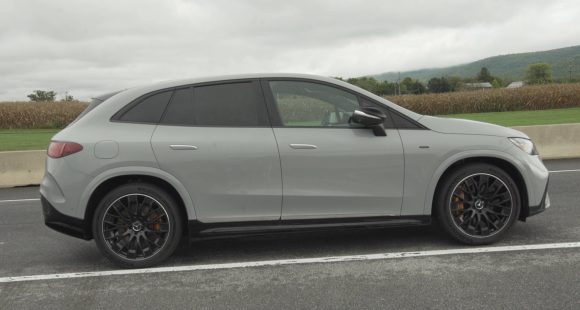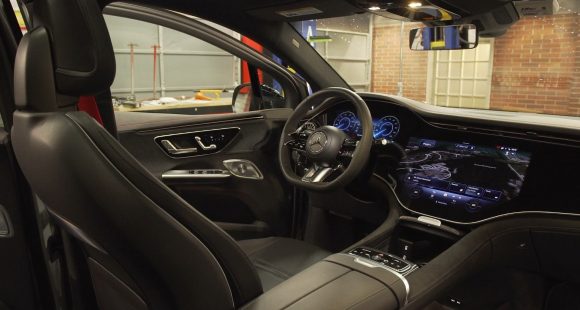2017 Honda Civic Si
No doubt, the latest Honda civic is a winner. But it really became a winner in our hearts when Honda announced that new hi-output turbo SI and Type R were headed our way as well. And while the fast and furious crowd are surely salivating over the fact that we’re finally getting a real Type R here, it’s the more attainable SI that arrives first. And here’s why we’re so happy that that wait is finally over.
“Sport Injected” Honda Civics are hardly new, having in some form or another, been available off and on here in the States for over 30-years. But, since the latest 10th generation Civic is clearly the best one yet; does it follow that the 2017 Honda Civic Si is the best of its kind as well?
Well, for starters, our Si Sedan felt just as expertly put together as other Civic 4-doors. A Coupe is also available, but as of right now, no Si hatchback.
Both bodies get their own unique updates, the sedan’s a little subtler in nature. There’s a distinctive fascia with gloss black trim and larger air intakes up front, 18-inch split-spoke alloys underneath, and central-mounted hexagon exhaust tip in back.
 It’s a great looking package that earned more than a few “that’s a Civic?” questions from casual observers.
It’s a great looking package that earned more than a few “that’s a Civic?” questions from casual observers.
The engine is a 1.5-liter I4 turbo. True, it’s the same one in other up-level Civics, but now with cranked up boost to over 20-psi. So, horsepower rises 31, to 205; torque climbs 30, to 192 lb-ft.
A 6-speed manual is the only transmission available. And, it’s a really good one.
As is the Si in general, provided you have the proper perspective. It’s not meant to be a no holds barred performance car. That’s for the Type R. Rather, the Si is a much more interesting daily driver.
And, it is a total pleasure to drive, not harsh or too “fast and furious”. And that’s where this car seems to have run afoul with many online haters. They clearly wanted more.
V-TEC snobs are also bemoaning this new car’s lack of an on/off power switch, but it’s time to move on people. For better or worse, we’re in a new turbo-4 era, and this engine puts out more power, and delivers it sooner, than any Si before it.
 And allow Honda to introduce something the old 2.4 never had, it’s called mid-range torque, and there’s a decent amount of it here. Peak power is delivered at 2,100 RPM and it basically just stays there.
And allow Honda to introduce something the old 2.4 never had, it’s called mid-range torque, and there’s a decent amount of it here. Peak power is delivered at 2,100 RPM and it basically just stays there.
Things can get a bit noisy inside, otherwise it’s very comfortable, with nicely supportive sport seats.
Steering has good weight to it, and there is a thick wheel for getting things in motion.
This Si handles corners with ease; it’s nimble and light, and indeed it is almost 100-lbs. lighter than before.
The suspension has of course been “sport tuned”, complete with new adaptive dampers. As before, a limited slip differential is included.
Add in super sticky Good Year Eagle F1 summer tires and things stay very flat.
 As for straight-line kicks, there’s decent grip at launch, provided you mind the revs. Torque steer was not a problem as we leapt to 60 in 6.5-seconds…about a half second better than the last 2.4.
As for straight-line kicks, there’s decent grip at launch, provided you mind the revs. Torque steer was not a problem as we leapt to 60 in 6.5-seconds…about a half second better than the last 2.4.
Maintaining peak boost from the little turbo is a delicate job however, but Honda has included some shift lights in the gauge pod to help. Just wait a beat after you see them, and you’re golden. Shift too soon and there’s a definite lag in boost.
The shifter itself, is slick and precise, but we could sure use a little more clutch pedal feel. 15.2-seconds was our ¼ at 95 miles-per-hour.
The brakes are even more impressive. We averaged 102-feet from 60 with no fade, no dive, no drama. Here, pedal feel is excellent.
All that and it still delivers improved Government Fuel Economy Ratings; 28-City, 38-Highway, and 32-Combined on Premium.
Si trim may not come as feature-packed as some might like, but then pricing starts at just $24,775, for both Sedan and Coupe.
Clearly the base Civic has come a long way in recent years. Yet Honda has managed to take the 2017 Civic Si even further. Yes, it is the best Si yet. Still, as with many things new and improved, they lose a little soul along the way. But, don’t judge this Si until you drive it. And, we’ll bet, that if you love your current Si, you’ll want this one even more.
Specifications
- Engine: 1.5 liter
- Horsepower: 205
- Torque: 192 lb-ft.
- 0-60 mph: 6.5 seconds
- 1/4 mile: 15.2 seconds @ 95 mph
- EPA: 28 mpg city / 38 mpg highway
2025 Buick Enclave
Buick’s Biggest Utility Gets More Premium Look, Less Premium Powertrain
Buick is now an all SUV brand with the three-row Enclave sitting at the top of their lineup. And for this all-new third generation, it looks like Buick has finally given it the true flagship treatment it deserves. Reason enough for us to see what else new this posh performer has in store.
Don’t think of this 2025 Buick Enclave as just a new third generation of Buick’s largest three-row SUV, but more of a total reboot for a luxury segment pioneer. Part of that reinvention is swapping out the 3.6-liter naturally aspirated V6 engine, that has been the heart of this large crossover since it arrived on the scene for 2008, for a new 2.5-liter turbocharged four-cylinder.
Though using two fewer cylinders, it rates 18 more horsepower at 328. The gain in torque is even greater, climbing from 266 to 326 lb-ft.
Power from a start and when tooling around town feels pretty good, but you do notice that engine working hard under the hood; there is more engine noise and it’s not as smooth as many competitors who have also made the switch to turbo-four power. Max towing rating remains at 5,000 lbs. The new standard automatic transmission loses a gear, dropping from nine to eight, a simplifying move we applaud. All-wheel drive is a $2,000 option with all trims.
The Enclave rides on the same front-wheel-drive based chassis that supports the Chevrolet Traverse and GMC Acadia. It remains the most luxurious of the three, though all have made big upward strides. And that luxurious feel is very evident inside where things appear special without flaunting it. Materials are vastly improved over the last gen, especially in top Avenir trim which is the choice for most Enclave buyers.
Front seats are very comfy, well suited for long days of highway travel. It’s hard to miss the 30-inch ultra-wide display, similar to Cadillac’s. It is big, but not intimidating as operation is very logical and you can easily configure things as you want them, including bringing the nav screen up full in front of the driver.
Front seats are very comfy, well suited for long days of highway travel.
Between the seats is a very substantial console with lots of storage space and standard wireless phone charging. There is definitely room for full-size adults in all three rows of seating. Big, plush captain’s chairs with all trims for the second row; and a less plush but still comfortable three-place third row.
GM’s Super Cruise has now made it to Buick’s lineup, available as a standalone package for any trim. It remains a favorite of ours for hands-off highway cruising. Despite feeling adequately powered on the street, the Enclave’s turbo-four felt a little out of its element at our Mason Dixon Dragway test track. There was very little jump off the line, just a slow wind up to 60 of 8.0 seconds, with the quarter-mile completed in 16.0 seconds flat at 92 mph.
We could really feel the Enclave’s weight in our handling course, about 150-lbs. over last year, even with less motor under the hood. But there was very little body roll, and no excessive oversteer or understeer. In panic braking runs, there was good feel through the pedal, and solid stops from 60 averaging a fine 111 feet.
To all of our eyes, the Enclave is bigger yet much better looking than before. Now more sophisticated using Buick’s PURE philosophy which emphasizes Purity in design, Unexpected details, Refined finishes, and Exceptional execution.
With all-wheel drive, Government Fuel Economy Ratings are 19 City, 24 Highway, and 21 Combined; we managed a great 24.9 mpg of Regular. That’s a slightly below average Energy Impact Score, consuming 14.2 barrels of oil yearly, with 7.0 tons of CO2 emissions.
No more Essence or Premium Enclaves, as the new gen brings new trim names along with it; the base option now being Preferred which starts at $46,395, and unless you choose white, you’ll be paying extra for all exterior colors. Just a short step from there to the Sport Touring for $48,795, and then a much bigger bounce up to Avenir at $59,395.
With so many big utes now aimed at luxury and near luxury buyers, it’s getting harder and harder for Buick to stand out. Being an all-utility brand, with one of the freshest lineups in the industry, will no doubt help. The 2025 Buick Enclave is a very stylish, well-equipped, well executed large three-row crossover that’s priced right.
Specifications
As Tested
- Engine: 2.5-liter turbo-4
- Transmission: 8-speed automatic
- Horsepower: 328
- Torque: 326 lb-ft.
- EPA: 19 City | 24 Highway | 21 Combined
- 0-60 mph: 8.0 seconds
- 1/4 Mile: 16.0 seconds at 92 mph
- Braking, 60-0 (avg.): 111 feet
- MW Fuel Economy: 24.9 mpg (Regular)
2024 Mercedes-AMG EQE
AMG EQE SUV OMG TSNF YOLO LOL
We all know that cranking up the performance in a battery-electric vehicle is a much different and much simpler process than the methods used over the last 100 years of internal-combustion powertrains. So, let’s see how AMG has adapted to this brave and very fast new world with the Mercedes-AMG EQE SUV.
This 2024 Mercedes-AMG EQE is the first all-electric performance SUV from the motoring masterminds at AMG. Starting with the same EQ platform that underpins the brand’s S- and E-class based all-electric sedans and utilities, AMG replaces the EQE 500 4MATIC SUV’s motors with AMG specific units both up front and in back. These specially built motors have unique windings, adapted inverters, and upgraded cooling; all so more current can flow, producing a new total of 617 horsepower and 701 lb-ft of torque.
While the midsize EQE SUV doesn’t feel overly large to drive, it does have an incredibly solid, almost tank-like presence to it, weighing in at just shy of 6,000 lbs. Yet, standard rear-axle steering helps it behave quite nimbly, and it accelerates like a vehicle half that weight, pushing you back in the seat with authority whenever you go all in on the accelerator pedal. An extended period of Mid-Atlantic rain kept us from getting track numbers, but Mercedes claims 0-60 in 3.4 seconds. We’d say that’s conservative given Race Start with Boost Function unlocks an additional 60 horsepower.
Likewise, as in previous Mercedes EVs we’ve tested, it overachieved when it came to battery range as well. With the official rating of the AMG EQE SUV at 235 miles, we plotted a 200-mile road trip, and still had 21% of battery remaining at the end of it, putting our range estimate closer to 254 miles. Max DC fast charging for the 90.6-kWh battery, which is the same battery used in the EQE 500, is perhaps not as high-performance as the rest of the vehicle. At 170 kW, it takes about 15 minutes to add 100 miles of range. Though when driving, the regen braking setup can feed power back at a rate of 260 kW. Our tester’s optional ceramic brakes were plenty strong, if a little touchy around town. There’s also active braking that likes to initiate regen before you actually touch the pedal when you’re coming up on another vehicle or approaching an intersection.
Nobody does interiors like Mercedes-Benz, and we’re not just talking about the luxurious quality of the leather and carbon fiber materials. There’s the wow factor of the dash-wide Hyperscreen, and cool aspects too, such as the turbine-like air vents. That’s before you even get to looking around at the AMG specifics like the Performance Steering Wheel, Dynamic Select Drive Modes, and even the unique AMG Sound Experience coming through the Dolby Atmos surround sound system with speakers seemingly everywhere.
It’s not all glitz and glamour though, as there are multiple thoughtful storage locations throughout the cabin, and good cargo hauling abilities too. The 18.4 cu-ft of space in back and max capacity of 59.2 cu-ft with rear seatbacks folded might just be the ticket to convincing your significant other into letting you make this oh so sensible purchase. Rear seat passengers of this five-seater will appreciate their own luxurious space, with comfortable seating, adequate leg and headroom, and multiple charging ports.
There’s nothing that screams high-performance on the outside of this EQE SUV, as AMG details are mostly subtle, though stacking both of the available AMG Night Packages adds lots of gloss black trim and dark chrome accents. There are three different 21-inch wheel patterns to choose from, as well as available 22s.
Most of the AMG goodness lies deep within, like performance-tuned fully variable 4MATIC+ all-wheel drive that adjusts torque distribution 160 times per second based on drive mode and chassis sensor info. Likewise, AMG Ride Control+ air suspension with adaptive damping and active roll stabilization is constantly monitoring road and driving conditions, along with driver input, adjusting the suspension accordingly, and delivering vastly different driving experiences spread across multiple drive settings from Comfort to Sport+.
Using 46 kWh of electricity per 100 miles, the AMG EQE SUV earns a fair efficiency rating. Pricing starts at $110,750; certainly not out of line for any high-performance vehicle these days, much less one with a Mercedes Star plus an AMG badge.
You could argue that when Mercedes-Benz made the EQ leap into full battery-electric vehicles, they prioritized precision over passion. Well, there’s a healthy dose of both here in this 2024 Mercedes-AMG EQE SUV. Now, we may just be a little lightheaded from experiencing all of the performance that’s packed into this midsize utility, but this is easily our favorite Mercedes EV we’ve driven yet; and that kind of makes sense considering AMG had a big hand in creating it.
Specifications
As Tested
- Motor Setup: Dual Motor
- Battery Size: 90.6-kWh
- Horsepower: 617
- Torque: 701 lb-ft
- EPA Range: 235 miles
- MW Test Loop: ~254 miles
- Peak Charging Rate: 170-kW











